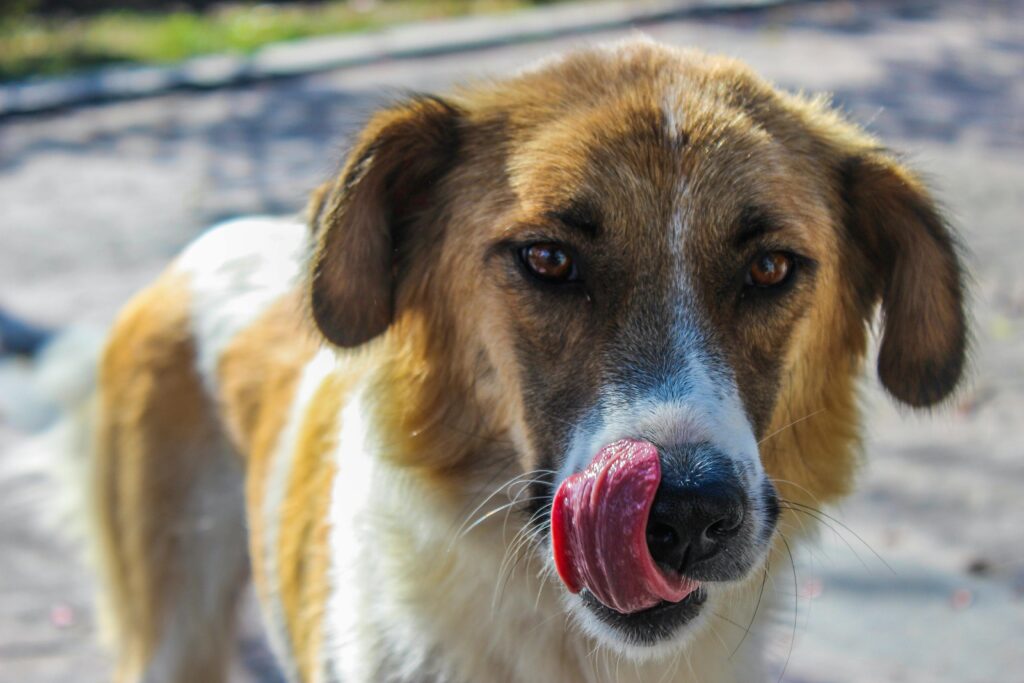
Learn to decode your puppy’s signals and strengthen your bond through better communication.
Bringing a new puppy into your life is a joyful experience, but it comes with a learning curve—especially when it comes to communication. Puppies may not speak human languages, but they are constantly “talking” through their body language. Understanding these subtle cues is essential for creating a happy, trusting relationship. In this post, we’ll break down the most common signs and behaviors so you can confidently interpret what your puppy is trying to say.
Tail Talk: Wagging, Tucking & More
Your puppy’s tail is like an emotional antenna. A loosely wagging tail usually signals a happy, relaxed pup. If the tail is held high and wagging stiffly, your dog might be alert or showing slight aggression. A tail tucked under the body indicates fear or anxiety. When you see your puppy’s tail between their legs, it’s often a sign they’re overwhelmed or uncomfortable.
Ears Speak Volumes
Ears are another expressive part of your puppy’s body. When their ears are up and forward, they’re likely curious or attentive. If the ears are pinned back, they might be scared or feeling submissive. Relaxed ears usually mean your puppy feels safe and calm. Keep in mind that ear shape and position vary by breed, so it’s helpful to understand what your puppy’s natural posture looks like.
Eyes: The Window to Their Mood
Soft, blinking eyes indicate a relaxed and trusting dog. If your puppy’s eyes are wide open with the whites showing—often referred to as “whale eye”—this usually means they’re stressed or uncomfortable. Avoiding eye contact can be a sign of fear or submission, while a hard, direct stare could indicate guarding behavior or discomfort.
Body Posture & Movement
A loose, wiggly body is a classic sign of a happy puppy. If they crouch low or freeze in place, they’re likely feeling scared. Playful bouncing or hopping around shows excitement and energy, especially when your pup is in a safe space. When your puppy leans into you or rests against your leg, they’re seeking comfort and reassurance.
Mouth Messages
If your puppy’s mouth is relaxed and slightly open, they’re likely calm and content. However, excessive lip licking or yawning—especially when it’s not nap time—can be signs of stress. Growling or baring teeth shouldn’t be ignored; while it may seem aggressive, it’s often just a warning. Instead of punishing growling, look for the cause behind it. Also, keep an eye out for heavy panting when it’s not hot or after exercise—it can indicate anxiety or even pain.
Play Bow: The Universal Invitation
One of the most joyful signs in puppy body language is the play bow—when your pup stretches their front legs forward and sticks their rear in the air. This is a clear and friendly invitation to play and is usually accompanied by a wagging tail and bouncy energy.
Vocal Cues: Beyond Barking
While not part of body language per se, your puppy’s sounds are closely tied to their physical expressions. Whining often indicates anxiety or a need for attention. Barking can signal anything from excitement to alerting you to something they’ve noticed. Growling, again, is a warning that should be respected and interpreted based on the full context of their behavior.
Why It Matters
Understanding your puppy’s body language helps build trust, prevent behavioral issues, and ensure you’re meeting their emotional and physical needs. A puppy who is regularly misunderstood may become stressed or fearful over time, which can lead to long-term problems. By learning their signals, you’re laying the foundation for a well-balanced, confident dog.
Final Tips
Observe your puppy in different environments to learn their unique cues. Watch for consistent patterns—does a certain tail movement always follow a specific situation? Respond calmly and appropriately to stress signals, and use positive reinforcement to reward calm, happy behavior. Communication is a two-way street. When you learn to speak your puppy’s “language,” you’re not just training them—you’re building a strong, lifelong bond.
